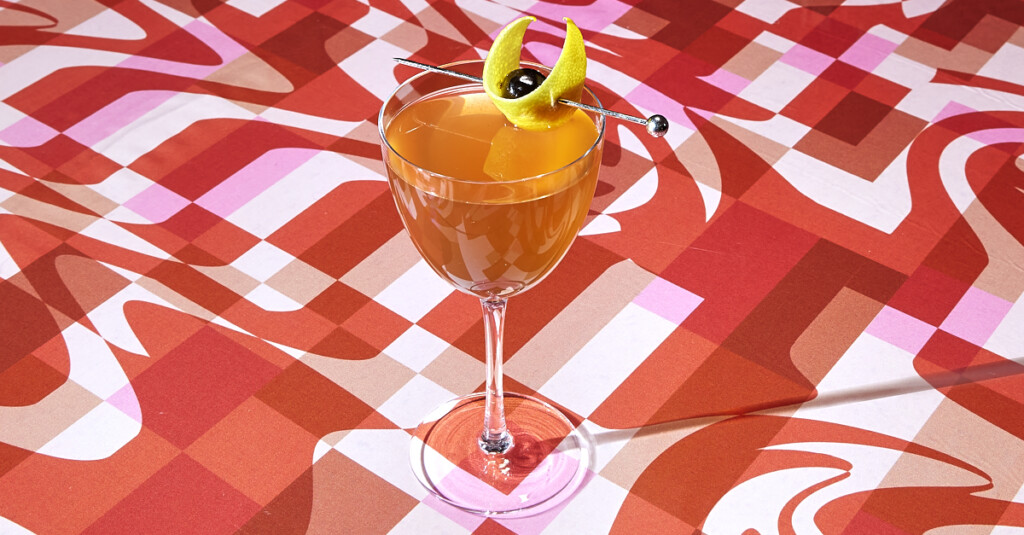The Story Behind The East India Cocktail
A little French, a tad tropical, and the subject of staggering recipe tweaks, the East India Cocktail is — by most accounts — a marriage of Cognac, pineapple gum syrup, Curaçao, Maraschino liqueur, and bitters. It’s named after the British East India Company, with its ingredients being a nod to a few of the company’s major imports like brandy, pineapples, and spices.
After its founding in 1600, the East India Trading Company grew to become the largest corporation in the world, mainly facilitating trade between the British Empire and the Indian Ocean region. However, despite the massive political power the company eventually gained, financial troubles caused it to be dissolved in 1874. Eight years later, American bartender Harry Johnson published the first East India Cocktail recipe in his “New and Improved Bartender’s Manual.”
In that version, the recipe calls for raspberry syrup, but when Johnson published the next edition of his manual in 1888, the raspberry had been swapped for pineapple. Still, the raspberry version lived on to appear in a handful of other cocktail books, like Thomas Stuart’s 1904 guide “Stuart’s Fancy Drinks and How to Mix Them.” In 1917, Tom Bullock published an East India Cocktail with no syrup at all. In 1930, Harry Craddock’s “The Savoy Cocktail Book” featured a version that ditched the Maraschino liqueur and opted for pineapple juice over syrup. By 1936, shaken versions of the drink had entered the conversation. Even to this day, the drink has never really maintained a specific identity, with the only mainstay ingredients between recipes being Cognac, Curaçao, and Angostura bitters.
All of which is to say, for whatever reason, bartenders can’t seem to agree on a spec for this cocktail, but they have also loved it enough to keep tinkering with it over the years. Depending on the approach, the East India Cocktail can either be austere (like Bullock’s 1917 recipe) or bright and uplifting like the many pineapple syrup adaptations. On that front, pineapple syrup is generally accepted as being a more substantial sweetener in this context than juice. In “The Oxford Companion to Spirits and Cocktails,” bartender Jim Meehan notes that “while [it’s] easier to procure, pineapple juice pales in comparison to syrup as a Cognac modifier and transforms this noble old warrior into a flaccid boat drink. Advantage Johnson.”
Any pineapple syrup will work in this drink, but we recommend a slightly thicker pineapple gum syrup to add more body to the drink. It’s an easy syrup to make at home, but Liber & Co. and Small Hand Foods both make phenomenal store-bought versions, too. For the recipe below, we went with the 1888 Harry Johnson spec, but added a brandied cherry because, frankly, this drink deserves one.
